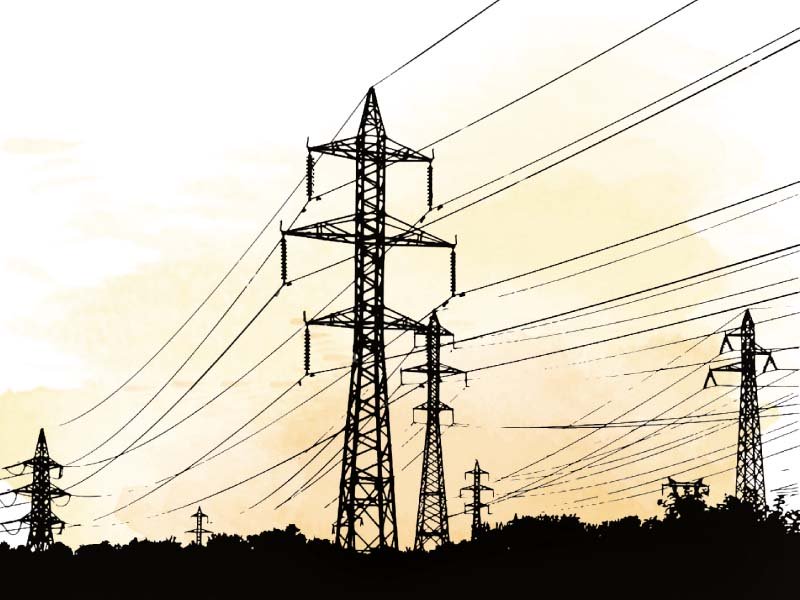
ISLAMABAD: The National Electric Power Regulatory Authority (Nepra) has released performance report for the year 2014-15 which gives an opportunity to have some discussion on the issue.
Following broad conclusions can be made after examining the report:
None of the distribution companies (DISCOs) is up to the mark in terms of performance criteria; no company has improved its overall performance (except minor improvements) over the last five years, in fact, there are cases of worsening performance; in relative terms, Iesco appears to be the top performer among two close followers – Gepco and Mepco; average performers are Lesco and Fesco; below average performers are K-Electric, Pesco and Hesco; the worst ones are Qesco and Sepco; and in provincial terms, Punjab-located companies are better performers of the lot.
Fiscal Policy Statement 2016-17: Parliament kept in dark about power sector losses
Nepra report is based on transmission and distribution (T&D) losses, recovery of dues, time frame for new connections and safety. It has given equal weightage to all these four issues.
The most important issue is T&D losses. The worst performers in terms of T&D losses are Peshawar Electric Supply Company (Pesco) and Sukkur Electric Power Company (Sepco). Sepco has reported a loss of 38.29% against allowed losses of 27.5%. Similar is the case of Pesco with reported loss of 34.8% against the allowed 26%.
Nepra allows tariff-adjustable losses based on the difficulties and objective conditions prevailing in various companies. There is a negligible improvement in terms of these parameters in both of these companies. The improvement shown may be the margin of error in measurement itself.
The irony is that the governments in Sindh and Khyber-Pakhtunkhwa (K-P) raise hue and cry against the power ministry and DISCOs if and when punitive action is taken against powerful defaulters and thieves.
The only recourse available to take action against unidentifiable defaulters is to disconnect all the customers drawing electricity from a distribution transformer.
K-Electric originally showed this technique which rewards and punishes areas in terms of load-shedding and quality of service – DHA gets better service than Lyari or Liaquatabad. Reportedly, there used to be a time when large-scale theft was in these areas.
K-Electric and Hyderabad Electric Supply Company (Hesco), although among worst performers, have reduced their T&D losses considerably – K-Electric from 32.2% to 23.69% and Hesco from 33.8% to 27.1%.
However, T&D losses of Quetta Electric Supply Company (Qesco), Multan Electric Power Company (Mepco) and Lahore Electric Supply Company (Lesco) have increased. Qesco loss may be understood in the circumstances, however, there is little justification for Lesco and Mepco for the deteriorating performance. Mepco’s losses have increased from 15% to 16.7% and of Lesco from 13.3% to 14.1%.
In almost all of these companies, the losses are actually under-reported, as the word goes by, and there are rumours of overcharging through fast meters.
Lesco’s deteriorating performance has a proportionally large impact at the country level as its share in total sales almost amounts to 20%.
Recoveries
Nepra’s State of Industry Report 2015 states that Rs120 million had been added to the stock of recoveries, taking the total to Rs600 million.
The recovery of monthly bills and arrears is also an important issue on which the prospects of success are better than the loss reduction – recoveries are recorded and identifiable while theft is difficult to pinpoint and eliminate.
Consequently, most companies have improved performance in this respect, except Qesco and Lesco. Qesco’s recovery has slipped from 41% to 32.6%. Perhaps only the poor pay in Qesco area and others do not, showing their cooperation in political areas. We may condone this due to the special circumstances prevailing in that province.
But what justifies deterioration in Lesco for a recovery of 95.88% coming down from 98.1% in 2010-11. They need smart meters. The nearby Gujranwala has been infected regionally and its recovery rate has also come down from 98.8% to 97%. There might be data discrepancy issues as well; there may have been under or over-reporting in earlier years.
Power companies grossly understate duration of outages
The numbers of later year are plausibly more accurate as considerable effort has been made at both the level of companies and the power ministry in improving accounting in this respect.
Iesco, Fesco and Mepco have practically no receivables as per data of 2014-15. All of these companies have improved performance, although I have reasons to suspect the numbers of Mepco. K-Electric’s performance has stagnated over the years as its recovery rate has remained static at around 90%?
I do sincerely hope that Nepra organises special audits in respect of T&D losses and recoveries. There are many underlying motivations in these areas that merit rigorous scrutiny on the part of Nepra and others.
Smart meters
It is very vital that some seriousness is brought into figures. Manual recording is often unreliable and there is vested interest in not showing real numbers.
Extension of SCADA (supervisory control and data acquisition) up to 11-kilovolt feeders and installation of monitoring equipment and smart meters at sub-stations could provide the required data apart from improving actual performance.
In a smart meter project being financed by the Asian Development Bank, 1.17 million smart meters would be installed in Lesco covering 35% of customer base and 800,000 smart meters in Iesco to cover the same percentage.
Total investment in this project is Rs490 billion. It would require no less than $5-7 billion to cover all the DISCOs and almost a period of 10 years. Can we wait that long for the performance to improve and will we have that kind of finances?
An alternative approach would have been to cover only sub-stations or even distribution transformers (DTs) under the scheme and cover all the DISCOs. It would have cost possibly less than the present project. This would have not only identified DTs and sub-stations where sales are less than the dispatch, it would also have provided much-required automation and would have helped improve performance.
Suggestions
Concluding, a lot of improvement is required in Nepra report itself and in the data collected for compiling these reports. Indeed, it may be useful for Nepra to engage independent consultants to prepare annual performance reports which may be able to identify and highlight issues and problems whose resolution may go a long way towards improving DISCOs’ performance.
There are many areas that are not covered by Nepra requirements; for example, an analysis of complaints and their nature. Consumers normally complain of error in billing, average billing, difficulties in lodging complaints, locations of complaint centres, etc. Analysis of such complaints and trend of improvement is a must for performance improvement.
Customer satisfaction surveys, data collection apps and annual performance reports compiled by Nepra or independent consultants can help improve performance.
Govt to float shares of profitable power company
Is there a scope for improvement? Of course there is. Efficiency, quality, service level and profitability should be the yardstick of measuring company performance.
In terms of loss reduction, Iesco, Fesco and Gepco have reached levels where further reduction may not come so easily as these companies are close to the target of around 8-10%, although all other companies have a long way to go.
With loss reduction, company profitability would improve as most of the companies are paying for a portion of T&D losses from their own pocket ie tariff does not cover these losses.
With increase in profitability, cash flow would improve and companies would be able to invest out of their own funds for expansion and improvement.
Making companies smaller
Most of the worst performer DISCOs are spread over large geographical areas, which makes effective day-to-day management difficult and many vices prevail in far-off places with impunity. It may be worthwhile examining the proposal of making DISCOs smaller. Some partial steps have already been taken like carving out Sepco from Hesco. There is a case of dividing Pesco and Mepco into three companies each.
Iesco may be divided into two companies, the new company in the area of Rawalpindi and downwards. In Gwadar, a new DISCO can be made for western or southwestern Balochistan.
The writer has been member energy of Planning Commission
until recently
Published in The Express Tribune, February 27th, 2017.
Like Business on Facebook, follow @TribuneBiz on Twitter to stay informed and join in the conversation.














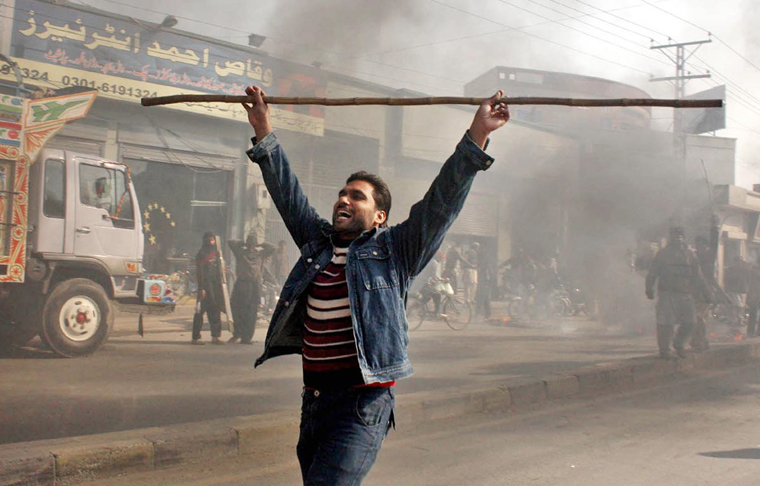
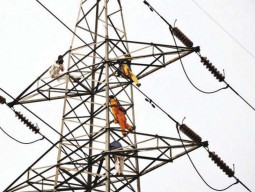
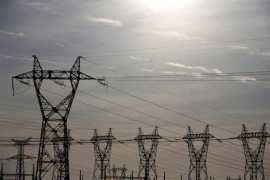


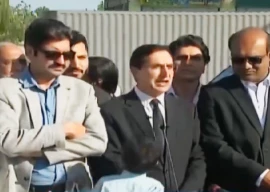
1713281138-0/US-Treasury-Secretary-Janet-Yellen-(2)1713281138-0-270x192.webp)























COMMENTS
Comments are moderated and generally will be posted if they are on-topic and not abusive.
For more information, please see our Comments FAQ